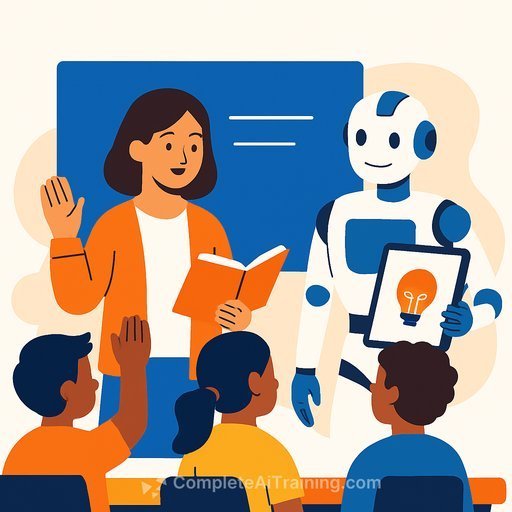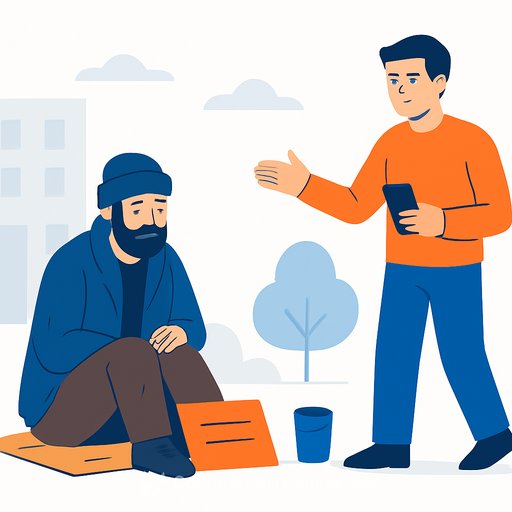AI in Schools: Stop Guessing. Start Testing.
For more than a century, technologists have promised quick fixes for education. In 1922, Thomas Edison predicted films would replace textbooks because they were "100% efficient." Those claims missed the mark then, and similar claims about AI risk repeating the pattern.
History is clear: no country, state, or district that sprinted into new digital tools saw durable gains just because they were first. Early phone-friendly classrooms did not outperform cautious peers. Early internet-connected systems did not leap ahead in learning or well-being. Technology helps only when communities build the practices and norms that make it useful-and that takes time.
What we got wrong last time
For years, students were taught checklist methods to judge websites-look for citations, trust .org or .edu, avoid Wikipedia. It felt sensible. Then research showed something stark: novices using those methods struggled, while experts did something else entirely. They left the page and checked how other sources described it, a practice now called lateral reading.
If you teach web evaluation, lateral reading is the skill to prioritize. See an overview from the Stanford History Education Group here: Civic Online Reasoning.
AI is an arrival technology
AI does not politely wait for adoption plans. It shows up in student workflows, teacher prep, and school policies. Educators feel the pressure to respond, and they need support. The best move is not to race ahead-it is to build systems that learn fast and correct course.
The prudent path: humility, experimentation, assessment
- Humility: Treat every guideline, activity, and rubric as a hypothesis. Tell students and staff that early guidance may change. Make revision a norm.
- Experimentation: Map your curriculum. Choose where to try bold pilots and where to proceed carefully. Electives that produce complex, multi-step work-like filmmaking or engineering-can invite broader AI use. Foundational writing courses may warrant tighter guardrails.
- Assessment: Local evidence moves faster than journal articles. Before you change a practice, save a baseline set of student work from pre-AI years. After the change, collect the same artifacts. Compare against the outcomes you actually care about, then adjust.
A simple, repeatable testing loop
- Define outcomes: Be specific. Example: clearer scientific claims, stronger evidence use, fewer conceptual errors.
- Choose guardrails: What AI use is allowed, limited, or prohibited for this task? How will students show their process?
- Run short cycles: Pilot for 3-6 weeks with a small group or a single unit.
- Compare artifacts: Pre-AI samples vs. post-AI samples using the same rubric.
- Decide next steps: Keep, tweak, or roll back. Document what you learned for colleagues and families.
Starter pilots you can run this term
- AI as a rehearsal partner: In world languages or debate, students practice with an AI prompt that targets a specific skill, then submit both transcript and reflection.
- Feedback before grading: In science labs, allow AI for formative feedback on clarity, variable control, and data interpretation. Require students to note which suggestions they used and why.
- Creative prewriting: In media arts, permit AI for idea generation and technical troubleshooting, but require original assets, drafts, and a production log.
Policy moves that lower risk
- Transparency: Require students to label any AI assistance and include key prompts in appendices.
- Process evidence: Collect outlines, drafts, and planning notes to keep the human thinking visible.
- Data privacy: Prefer tools with clear privacy terms and school-controlled accounts. Avoid uploading student PII.
- Assessment design: Mix in oral defenses, in-class writing, and hands-on tasks.
- Equity and access: Offer device-neutral options and offline alternatives so that policy does not widen gaps.
- Family communication: Share your pilots, guardrails, and how you'll judge success. Invite feedback.
- Professional learning: Build collaborative planning time so teachers do not "go it alone."
What to watch over the next decade
Two futures are plausible. AI could mirror the web: some risk, but enough value that schools keep it close with clear guardrails. Or it could resemble smartphones in class: costs to focus and well-being that outweigh benefits, calling for tighter limits.
There's no prize for being first. There is a prize for being right-building a culture that tests ideas, learns quickly, and shares what works.
Further resources
- Teach lateral reading and source-checking with Civic Online Reasoning.
- Curating training for staff by role or skill set can speed up responsible experimentation. See Complete AI Training: Courses by Job.
Your membership also unlocks:






